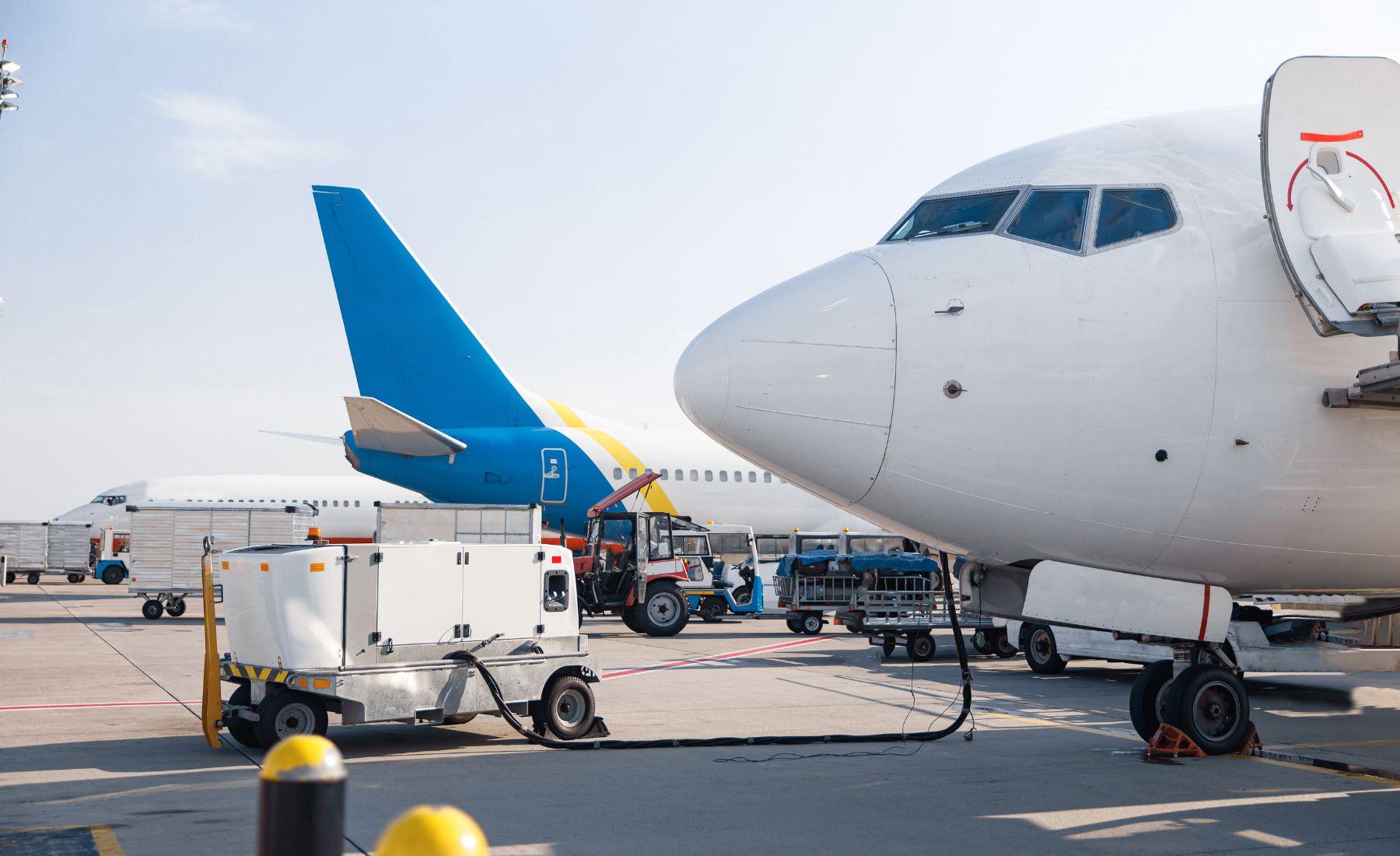Flying High: The Evolution and Challenges of Aviation Gasoline (Avgas)

The Aviation gasoline, commonly known as Avgas, is a specialized fuel used primarily in piston-engine aircraft. Unlike the kerosene-based fuels powering jet engines, Avgas is designed for spark-ignited engines found in many general aviation aircraft. Its distinctive properties—most notably its high-octane rating—enable it to support high compression ratios and ensure reliable performance in a wide range of operating conditions. Over decades, Avgas has been a cornerstone of aviation safety and efficiency, even as environmental and regulatory challenges have spurred significant technological advancements.
Composition and Performance
Avgas is composed of refined hydrocarbons blended with tetraethyl lead (TEL), which boosts its octane rating and prevents engine knocking. This leaded formulation allows for a more stable and controlled combustion process, which is critical for the smooth operation of high-performance piston engines. The fuel is specifically engineered to maintain its volatility and energy density even under the extreme temperature variations encountered during flight. As a result, pilots and maintenance crews value Avgas for its consistency and reliability. Every batch undergoes rigorous testing to ensure it meets strict quality standards, as even minor deviations can affect engine performance and flight safety.
Environmental and Regulatory Challenges
Despite its performance benefits, the use of tetraethyl lead in Avgas has raised environmental concerns over the decades. Lead is a potent neurotoxin, and its emissions contribute to air and soil contamination. Increasing awareness of the public health and environmental impacts of lead pollution has intensified regulatory scrutiny, particularly in regions with stringent environmental protection laws. European authorities, for example, have been actively exploring measures to reduce the environmental footprint of aviation fuels. This regulatory pressure has pushed the aviation industry to consider alternative fuel formulations that can deliver comparable performance without the harmful side effects of lead additives.
Research and Unleaded Alternatives
Driven by both environmental imperatives and technological advancements, researchers around the globe are actively developing unleaded alternatives to traditional Avgas. These efforts involve refining the fuel composition to achieve high octane ratings through additives that are less harmful than lead. Certification for new fuel formulations in aviation is a complex and lengthy process; the new fuels must demonstrate that they match or exceed the performance characteristics of leaded Avgas across all operating conditions. Despite the challenges, promising advancements are emerging, and incremental shifts are occurring in pilot programs and select markets. The transition to unleaded aviation fuels represents a critical step toward a greener aviation industry while ensuring that safety and performance remain uncompromised.
Regional Perspectives
In Europe, the dialogue on Avgas alternatives is particularly robust. Governments and regulatory agencies in countries like France, Germany, and the United Kingdom are spearheading initiatives to reduce lead emissions and promote sustainable aviation practices. These efforts include rigorous testing and collaborative research projects between industry stakeholders and academic institutions, aiming to refine unleaded formulations that can seamlessly replace traditional Avgas.
In the United States, Avgas remains a standard in general aviation, particularly among small airports, flight schools, and recreational pilots. While there is growing interest in greener alternatives, the transition is gradual due to the extensive certification process required for aviation fuels.
In emerging markets across Asia and Latin America, the growth of general aviation creates an urgent need for reliable, safe, and environmentally friendly fuel options. Countries like Brazil and India are beginning to invest in research that addresses both performance and sustainability, reflecting a broader global trend toward cleaner technologies in the aviation sector.
Innovations in Fuel Chemistry and Engine Compatibility
As research into unleaded aviation fuels continues to advance, scientists and engineers are exploring novel fuel blends and additives that promise to match the performance of traditional Avgas. Recent studies have focused on the development of alternative anti-knock agents that deliver the high octane ratings necessary for modern piston engines without relying on tetraethyl lead. These innovations involve complex formulations that ensure consistent combustion characteristics, even under varying operating conditions. Researchers are also studying engine compatibility, aiming to modify existing piston-engine designs to accommodate these new fuels, thereby ensuring a smooth transition from leaded to unleaded alternatives. The challenge remains to achieve the same thermal efficiency and reliability as conventional Avgas while significantly reducing environmental and health risks. This work is critical not only for meeting stricter emissions standards but also for aligning with broader goals of sustainability and public health in aviation.
- Art
- Causes
- Artisanat
- Danse
- Boissons
- Cinéma
- Fitness
- Cuisine
- Jeux
- Jardinage
- Santé
- Maison
- Littérature
- Musique
- Réseautage
- Autre
- Fête
- Religion
- Shopping
- Sports
- Théâtre
- Bien-être


